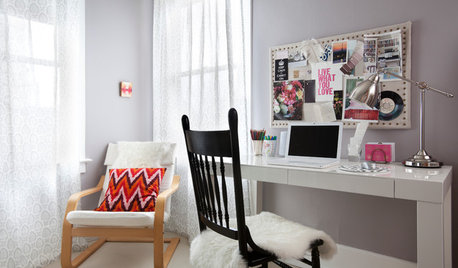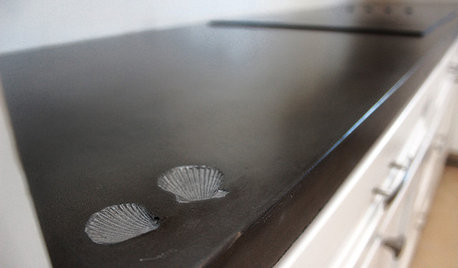don't know anything about grow lights
Puchinita5
9 years ago
Related Stories

MATERIALSInsulation Basics: What to Know About Spray Foam
Learn what exactly spray foam is, the pros and cons of using it and why you shouldn’t mess around with installation
Full Story
FARM YOUR YARD6 Things to Know Before You Start Growing Your Own Food
It takes time and practice, but growing edibles in the suburbs or city is possible with smart prep and patience
Full Story
LIGHTINGWhat to Know About Switching to LED Lightbulbs
If you’ve been thinking about changing over to LEDs but aren't sure how to do it and which to buy, this story is for you
Full Story
HEALTHY HOMEWhat You Need to Know About Dust and How to Fight It
Breathe easier with these 10 tips for busting mites, dander and other microscopic undesirables
Full Story
WORKING WITH PROSWhat Do Landscape Architects Do?
There are many misconceptions about what landscape architects do. Learn what they bring to a project
Full Story
GARDENING FOR BIRDSWhat to Know About Birds Nesting in Your Yard
Learn how to observe, record data and help ornithologists with NestWatch’s citizen science project understand bird trends
Full Story
CONTRACTOR TIPSBuilding Permits: What to Know About Green Building and Energy Codes
In Part 4 of our series examining the residential permit process, we review typical green building and energy code requirements
Full Story
MOST POPULARWhat to Know About Adding a Deck
Want to increase your living space outside? Learn the requirements, costs and other considerations for building a deck
Full Story
WORKING WITH PROS10 Things Decorators Want You to Know About What They Do
They do more than pick pretty colors. Here's what decorators can do for you — and how you can help them
Full Story
KITCHEN COUNTERTOPSElephants of the Kitchen? What to Know About Concrete Counters
Concrete countertops are beautiful, heavy and cool — and have their own peculiarities. And a lot in common with certain gray pachyderms
Full StoryMore Discussions






delaware
MisterK
Related Professionals
Clark Landscape Architects & Landscape Designers · Fort Lee Landscape Architects & Landscape Designers · Buford Landscape Contractors · Matthews Landscape Contractors · Cliffside Park Landscape Contractors · Long Branch Landscape Contractors · Lyndhurst Landscape Contractors · North Highlands Landscape Contractors · Waldorf Landscape Contractors · Four Corners Landscape Contractors · Hammond Fence Contractors · Columbia Roofing & Gutters · Naples Roofing & Gutters · Plainfield Roofing & Gutters · Discovery Bay Roofing & Guttersmary
MisterK
SouthCountryGuy Zone 4b-5 SE BC
MisterK
klem1
SouthCountryGuy Zone 4b-5 SE BC
Whitty_08
SouthCountryGuy Zone 4b-5 SE BC
Whitty_08
Pyewacket
SouthCountryGuy Zone 4b-5 SE BC
Pyewacket
Pyewacket
SouthCountryGuy Zone 4b-5 SE BC
Pyewacket
Pyewacket
Pyewacket
Pyewacket